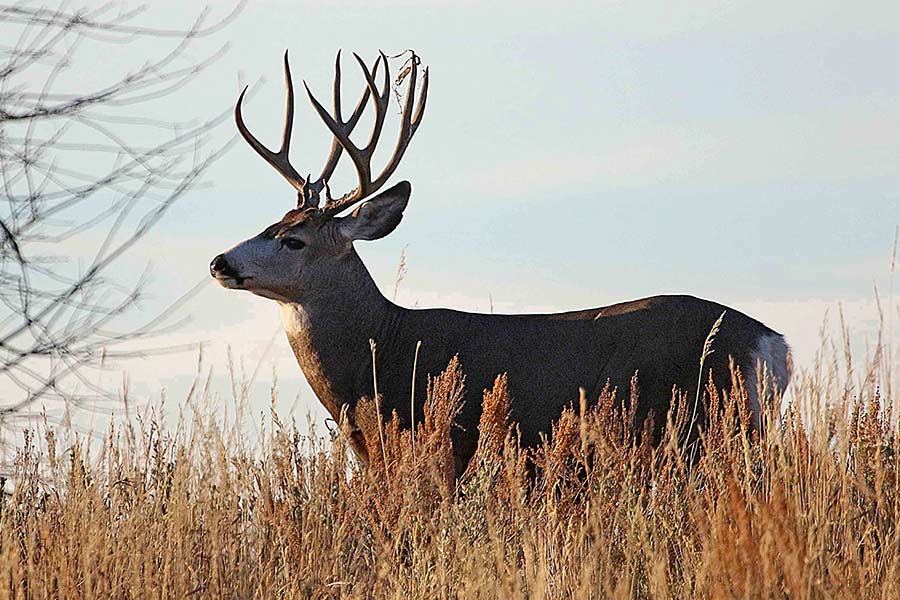Help decide how wildlife is managed in Utah by applying to be on a Regional Advisory Council
Salt Lake City — If you are interested in Utah's wildlife and how species are managed, several positions will soon be opening on all five Regional Advisory Councils that share public feedback with the Utah Wildlife Board. You can apply for one of the available RAC positions between May 1–31.
What the RACs do
Each of the five RACs consists of 12–15 members, and those members — who are all unpaid volunteers — can serve up to four years on the council. Each RAC holds about six public meetings a year. At the meetings, RAC members discuss proposals that they have reviewed in advance from Utah Division of Wildlife Resources biologists about hunting, fishing and wildlife management in Utah. They also review any input or feedback from the public that was submitted online prior to the meetings.
After voting on each of the proposals, the chairperson for that RAC later presents their region's recommendations to the Utah Wildlife Board. Members of the board consider and discuss the input, and then vote to decide how wildlife is managed in Utah.
RAC meetings usually last several hours. The meetings are held in the evenings, usually on a Tuesday, Wednesday or Thursday night. These meetings are held in person but can also be attended virtually, as needed.
Vacant RAC positions
Fifteen RAC positions are currently open for public nominations:
- Northern Region: One hunter, angler and trapper (sportsmen) representative; and at least one public-at-large representative is needed, but as many as three can be selected
- Northeastern Region: Two public-at-large representatives and one hunter, angler and trapper (sportsmen) representative
- Central Region: One agriculture representative, one representative for those who don't fish or hunt (non-consumptive); one public-at-large representative; and one hunter, angler and trapper (sportsmen) representative
- Southern Region: One agriculture representative; one public-at-large representative; one hunter, angler and trapper (sportsmen) representative; and one representative for those who don't fish or hunt (non-consumptive)
- Southeastern Region: Two public-at-large representatives
Applying to serve
RAC members represent one of six interest groups:
- Hunters, anglers and trappers (sportsmen)
- Those who don't hunt or fish (non-consumptive)
- Ranchers and farmers (agriculture)
- Locally elected public officials
- Federal land-management agencies (including the U.S. Forest Service and Bureau of Land Management)
- The rest of the general public (public at large, including businesses)
To fill one of the upcoming vacancies, you must live in the region of Utah you wish to represent. Here is how to apply:
- If you want to represent the public at large, you must contact a group in your community and ask them to nominate you. Political groups, town councils, animal sanctuary committees and recreational groups are examples of groups that have nominated people in the past.
- If you want to fill one of the other positions on the RAC — except for the federal land- management agency position — you must contact a conservation group or organization in your region and ask that they nominate you to serve in the vacancy you'd like to fill. For example, if you want to fill a sportsmen's vacancy, you must contact a Utah hunting or conservation group and ask them to nominate you for the position. Federal land-management agencies appoint their own representatives to the RACs.
To learn about wildlife or conservation groups in your area, contact the nearest DWR office.
Nomination deadlines
Nominating groups and organizations could begin submitting their nominations starting May 1. Nominations have to be submitted by 11:59 p.m. on Wednesday, May 31. The new RAC members will begin their unpaid term during the July/August RAC meetings. For more information, to apply, or to submit a nomination, visit the DWR website.

















